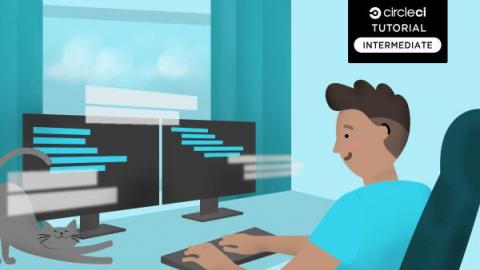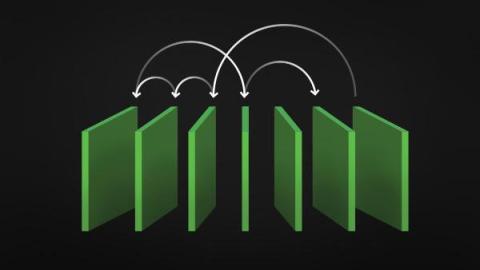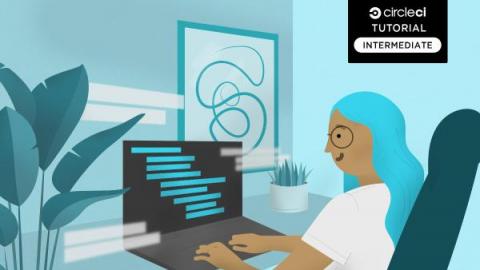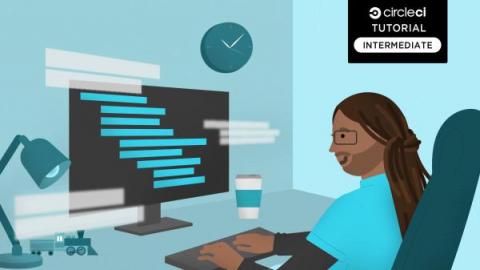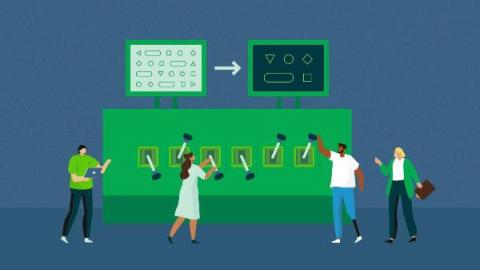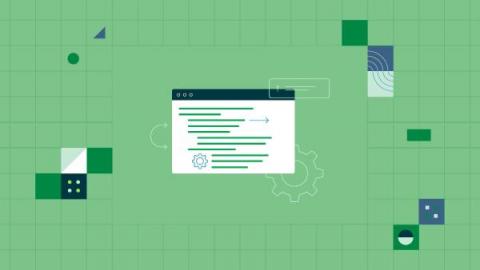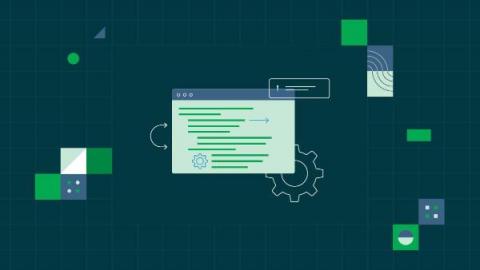Accessibility testing with Cypress
Effective user experience (UX) design is a key factor in creating compelling software products. UX considers the quality of interaction that users have with a product and takes the user’s point of view as the most sacred thing in software and product design. A great UX includes accessibility, which ensures that software is inclusive and usable by the widest possible audience.


